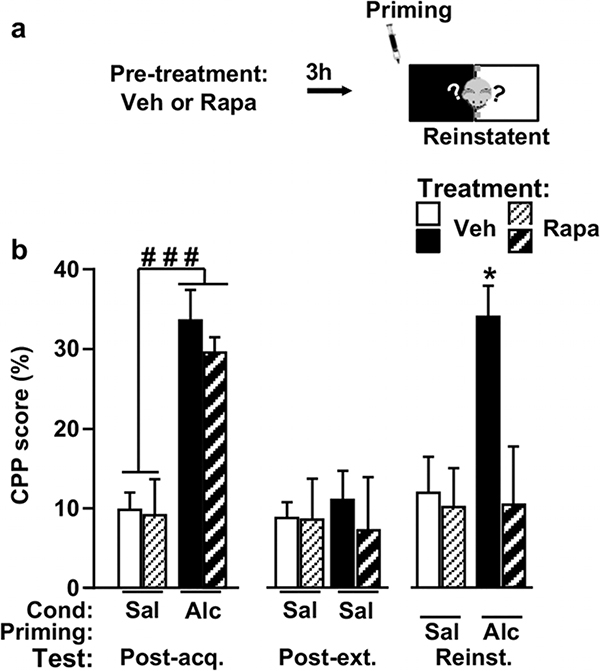Figure 4. Systemic administration with the mTORC1 inhibitor, rapamycin, blocks priming-induced reinstatement of alcohol place preference.
(a) Mice underwent acquisition and extinction of alcohol place preference as depicted in Figure 1. On day 14, mice were pre-treated with vehicle (Veh) or rapamycin (Rapa, 10 mg/kg, i.p.). Three hours later, mice received a priming injection of saline or alcohol (0.9 g/kg, i.p.) and underwent the reinstatement test. (b) CPP scores on the post-acquisition (Post-acq.), post-extinction (Post-ext.) and reinstatement (Reinst.) tests. Data are rep- resented as mean percentage ± SEM of time spent in the drug-paired compartment during the tests minus time spent in the same compartment on the pre-acquisition session. Veh/Sal n = 13, Rapa/Sal n = 14, Veh/Alc n = 13, Rapa/Alc n = 13. ###P < 0.001 versus saline-conditioned mice and *P < 0.05 versus all other groups. CPP, conditioned place preference; mTORC1, mammalian target of rapamycin complex 1

